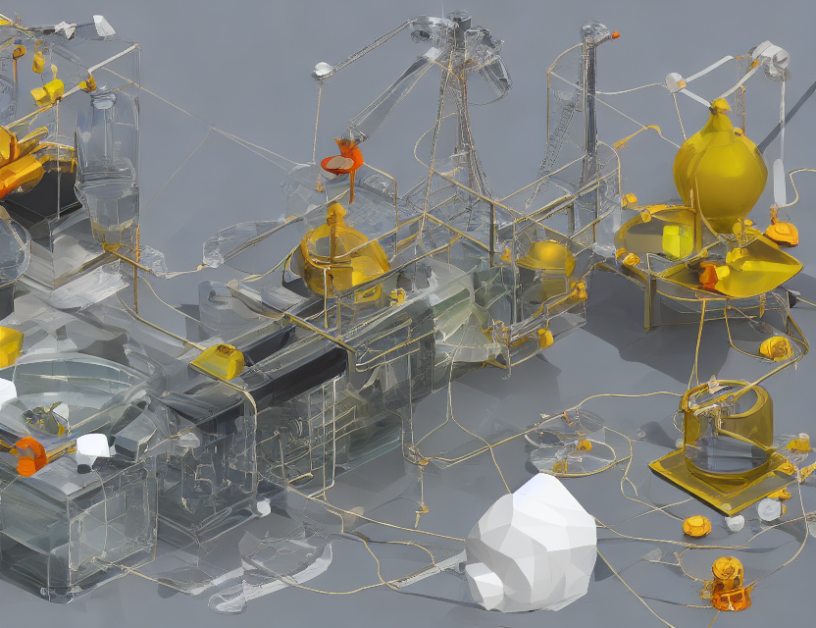In this research paper, the authors explore the concept of "knowledge distillation" in deep learning, specifically in the context of image classification tasks. They investigate the use of "inductive bias tokens" to improve the quality of the feature representation learned by a student model during knowledge distillation. The authors find that incorporating these tokens into the student model leads to more comprehensive and accurate features, resulting in improved model stability and performance.
The authors begin by explaining that traditional knowledge distillation techniques rely on using high-quality reference images or "teacher" models to guide the learning process of a student model. However, these techniques are not feasible when there is no access to such reference images. To address this challenge, the authors propose the use of inductive bias tokens, which are designed to model different perspectives on local and global features separately.
The authors demonstrate the effectiveness of their approach by conducting experiments on two datasets: LIVEC and LIVE. They show that incorporating inductive bias tokens into the student model leads to a more comprehensive feature representation, resulting in improved performance and stability. The authors also compare their approach with existing knowledge distillation techniques and show that it outperforms them in terms of feature quality and model stability.
To further illustrate their findings, the authors use an analogy of a "cooking recipe" to explain how inductive bias tokens help the student model learn more comprehensive features. They explain that just as a cooking recipe provides a set of instructions for preparing a dish, inductive bias tokens provide the student model with a set of guidelines for learning features. By incorporating these guidelines into their feature representation, the student model is able to learn more comprehensive and accurate features.
In conclusion, the authors demonstrate that by incorporating inductive bias tokens into the student model during knowledge distillation, it is possible to improve the quality of the feature representation learned, resulting in improved model stability and performance. Their findings provide a new direction for researchers interested in improving the efficiency and effectiveness of deep learning models.
Computer Science, Computer Vision and Pattern Recognition
Knowledge Distillation Techniques for Image Transformation



